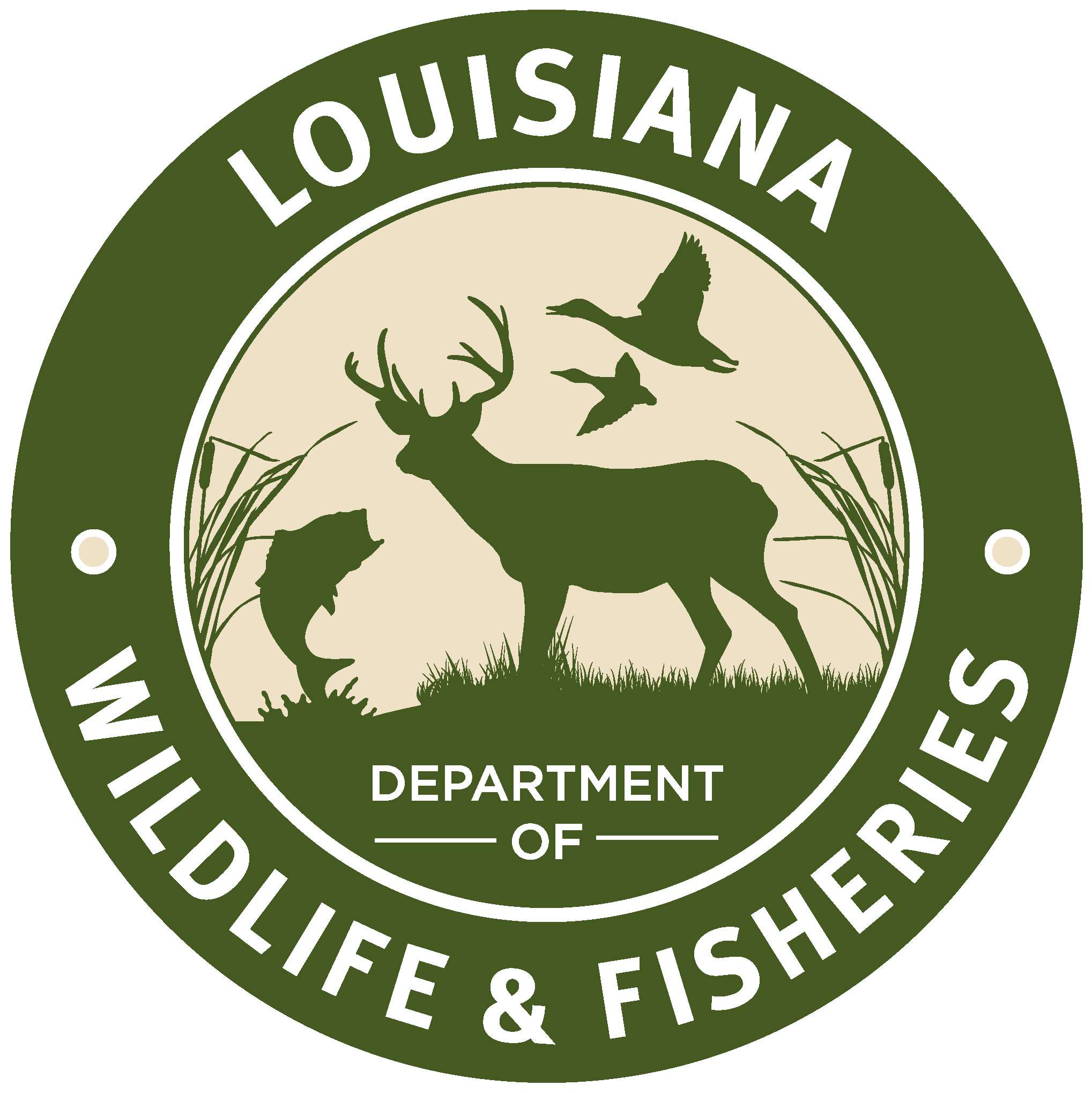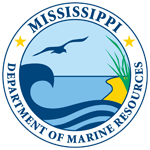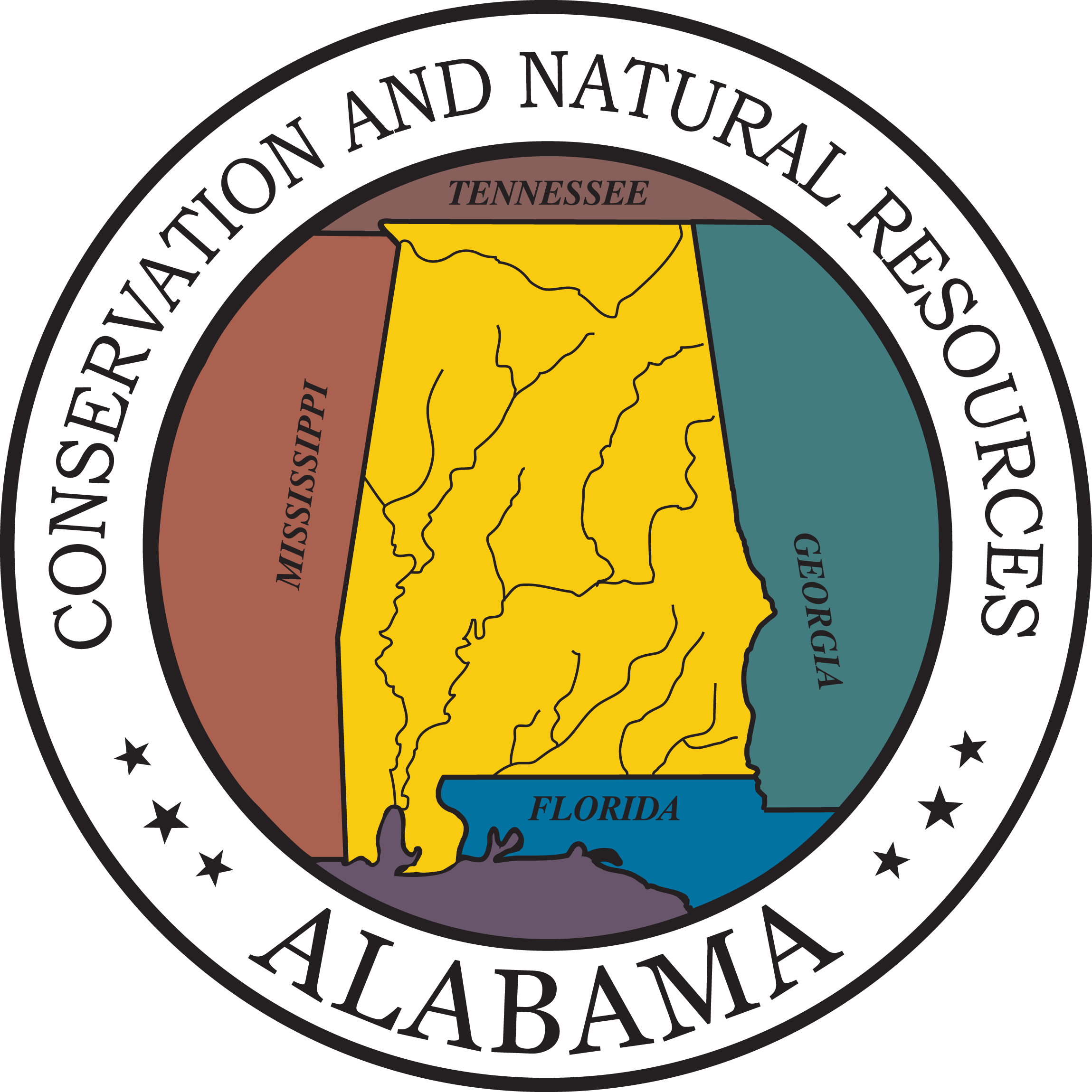Fisheries Restoration Program
History
Recreational fishing is important, both culturally and economically, to coastal communities in the Gulf region. The Fisheries Restoration Program (FRP) was established through a cooperative agreement with NOAA and the Gulf States Marine Fisheries Commission (GSMFC) to help restore recreational fish species impacted by the Deepwater Horizon oil spill. This program is funded under NOAA’s Damage Assessment, Remediation and Restoration Program, which uses settlement funds after pollution events to restore natural resources.
The first project managed under this program, titled, “Reduction of Post-release Mortality from Barotrauma in Gulf of Mexico Recreational Reef Fish Fisheries,” is a seven to eight-year project which will work with private and for-hire recreational anglers, academics, state agencies, and other stakeholders. These key interest groups will help to restore reef fish by improving their chances of surviving after being caught and released, particularly in deep waters where barotrauma may likely affect their chances of survival. Barotrauma occurs when a deep-water fish is rapidly reeled to the surface causing gases to expand in their tissues. This expansion of gas often causes internal organ damage, prevents fish from swimming back to depth, and may lead to death after release. Increasing the survival of fish experiencing barotrauma is a key focus for fisheries managers and descending devices are one tool anglers can use to help fish recover from barotrauma. These weighted devices help fish overcome buoyancy by releasing them at depth, reducing the number of reef fish that die from catch and release.
Restoration efforts will be focused on development of best practices for fish descending devices (FDDs) and other release handling tools by providing recreational anglers access to these tools and educational information on their use. The project will fund research to better understand changes in anglers’ perspectives of FDDs, how they’re being used, and their effectiveness as a tool for reducing catch-and-release mortality.
Activities
The goals of this project will be accomplished by increasing the knowledge, awareness and use of best release practices with a focus on FDDs. Major components of achieving these goals are: research and monitoring, education, outreach, and distribution of release gear to empower anglers to adopt best fishing practices. The results of this work will support the overarching goal of increasing the health of reef fisheries and improving angler experiences in the Gulf.
Education and Outreach
These components will be led primarily by Florida Sea Grant. Increasing anglers’ knowledge and use of
descending devices as a best release practice will be accomplished through the development
of education and outreach tools, direct engagement with the recreational fishing community,
and distribution of FDDs and other release gear. These key elements will play a vital role
in the success of this project and restoration of reef fish populations in the Gulf.
Device Distribution
Over the course of this project, private and for-hire recreational reef fish anglers will be
provided the opportunity to receive information and training on how and when to properly use
descending devices and other release tools across various fishing scenarios. Once anglers
have sharpened their skills on proper release techniques, they may qualify to receive free
release gear that will empower and enable them to reduce release mortality which ideally
leads to an overall improved angler experience.
Research
Scientific research will be conducted throughout the project and will include surveys of
anglers’ attitudes and perceptions of FDDs, research on the extent of release mortality in
highly targeted reef fishes, and studies assessing depredation of fish released using these
devices. Information collected as a result of this work will help measure the effectiveness
of FDDs at reducing catch-and-release mortality and the restoration benefits to fisheries
resulting from recreational anglers using them properly.
Monitoring
The project will work with state and federal fisheries management agencies to measure the
extent anglers adopt descending devices as a part of their routine fishing practices. Data
collection will occur through established angler reporting programs for both private
recreational and for-hire anglers. Understanding the proportion of anglers that utilize best
release practices may allow scientists to accurately measure restoration benefits to Gulf
reef fisheries.
Timeline
2020-2021: Program planning, management activities, and development of best release practices
2021-2025: Collaborative release mortality studies, angler attitudes & opinions survey, device distribution, and monitoring use of descending devices
2021-2027: Education and outreach efforts, engagement of recreational angling community, the sharing of project findings, and additional surveys
More Information
If you need additional information concerning this program, please contact Charlie Robertson at the GSMFC office at (228) 875-5912 or via e-mail.




